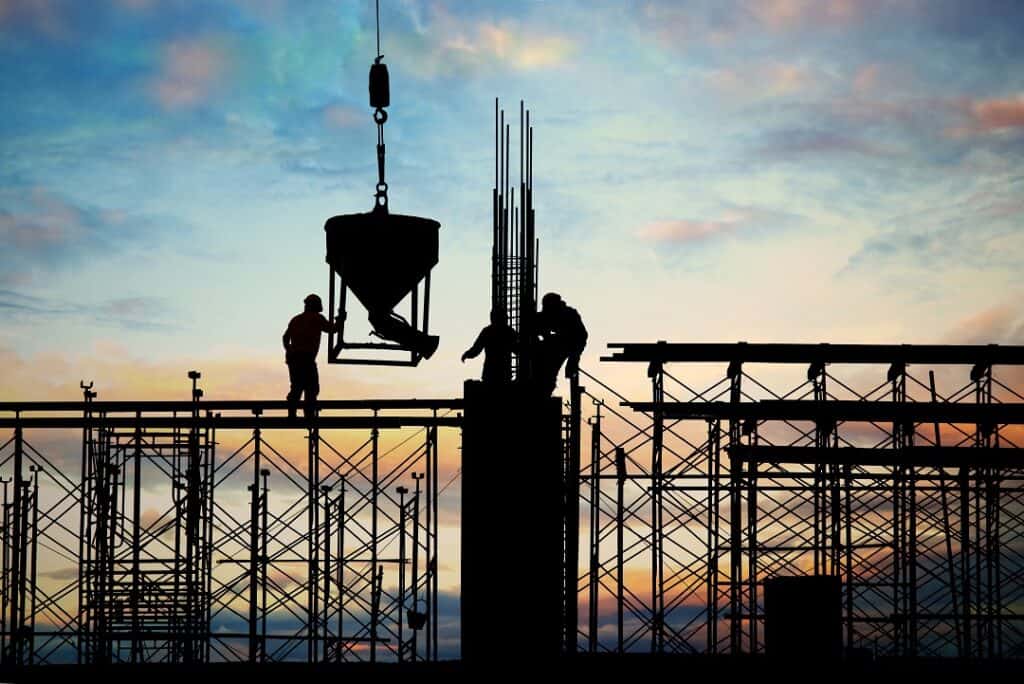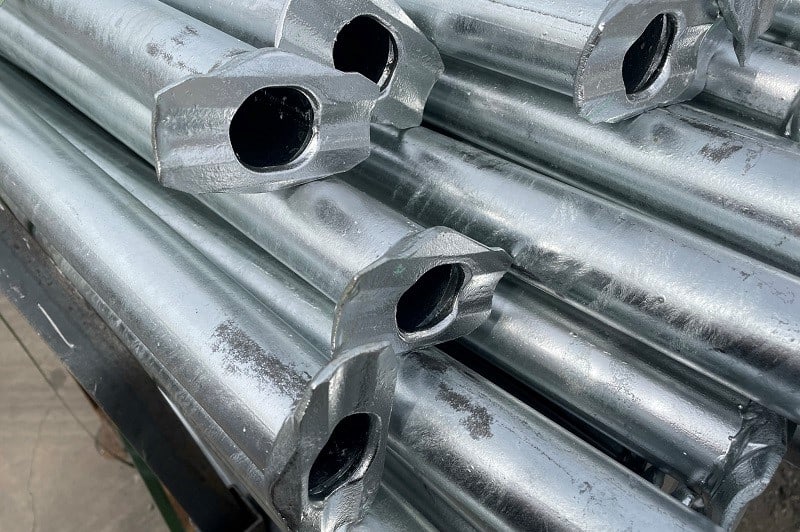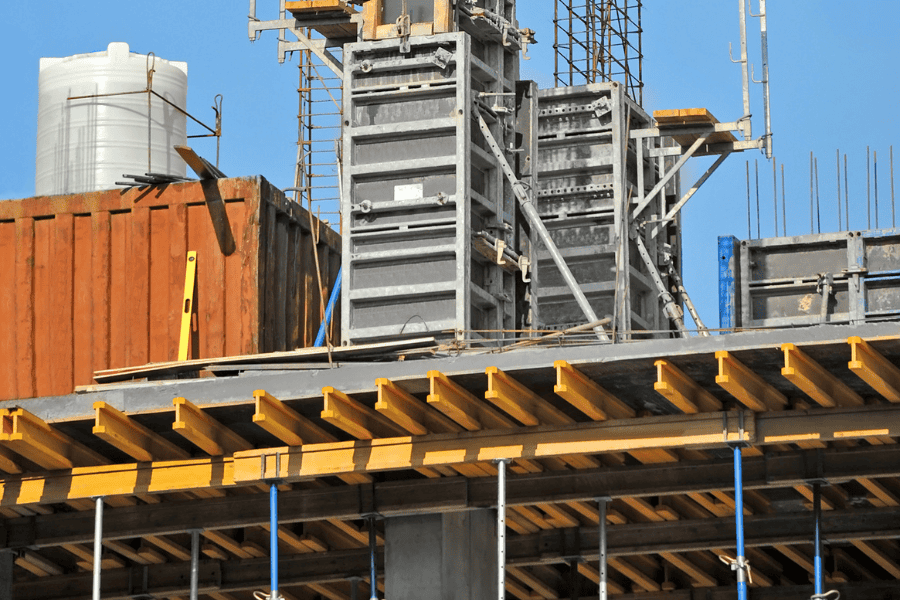Introduction
Construction sites are complex, fast-paced environments where numerous variables must be managed simultaneously. Site managers and contractors face a wide array of problems that can disrupt operations, affect safety, and increase costs. This article identifies ten prevalent construction site problems and offers practical strategies to mitigate their impact.

1. Inadequate Safety Training
Safety training forms the foundation of a secure worksite, yet many workers receive insufficient instruction or outdated content. This gap often leads to an inability to recognize hazards, misuse of safety equipment, or failure to follow correct procedures.
Approach: Establish a structured safety training program that includes onboarding, task-specific instruction, and periodic refreshers. Tailor content to current regulations and job-specific risks. Use digital tracking tools to monitor participation and assess comprehension.
2. Noncompliance with Basic Safety Protocols
Compliance fatigue, time pressures, and perceived familiarity with tasks can lead to lapses in safety practices. Frequent violations include improper use of personal protective equipment (PPE), working at heights without fall protection, or bypassing safety mechanisms.
Approach: Foster a culture of accountability through consistent enforcement of rules and regular on-site audits. Provide visible safety reminders, maintain equipment to standard, and empower supervisors to intervene when unsafe behaviors are observed.
3. Heat Stress and Inadequate Hydration
Extended exposure to hot or humid environments, especially during physical labor, can lead to heat exhaustion, heatstroke, or reduced cognitive function, impacting both health and productivity.
Approach: Monitor environmental conditions and schedule high-exertion tasks during cooler hours. Ensure workers have access to shaded rest areas and drinking water. Promote hydration awareness through daily briefings and on-site signage.

4. Ineffective Time and Resource Scheduling
Without clear sequencing and coordination of resources, construction projects experience inefficiencies such as idle labor, equipment conflicts, and missed deadlines. These disruptions increase costs and erode client trust.
Approach: Use scheduling software to map out project timelines, dependencies, and resource availability. Incorporate input from subcontractors and logistics teams, and adjust timelines proactively based on real-time updates.
5. Legacy Systems and Disconnected Tools
Paper logs, isolated spreadsheets, and outdated software limit information sharing, slow down decision-making, and increase the likelihood of errors or duplication.
Approach: Transition to centralized, cloud-based platforms that allow real-time access to documents, plans, and updates. Provide mobile access to ensure that field teams can input and retrieve data efficiently.
6. Workforce Misalignment
Projects suffer when roles are filled without matching the required qualifications, resulting in reduced productivity, increased error rates, and potential safety breaches.
Approach: Implement a qualification matrix to align worker capabilities with project tasks. Conduct regular competency assessments and provide targeted training where gaps are identified. Maintain a registry of verified personnel.
7. Overextension of Operational Capacity
Expanding too quickly or taking on more work than the organization can realistically manage leads to stretched supervision, compromised quality control, and staff burnout.
Approach: Base growth decisions on capacity analysis and performance metrics. Scale up in phases, ensuring adequate oversight, equipment, and skilled labor are available for each new project.
8. Budgeting and Cost Estimation Errors
Inaccurate estimates—particularly in materials and labor—result in financial shortfalls, project delays, or contractual disputes. In volatile markets, these risks are amplified.
Approach: Build estimates using historical data, validated supplier quotes, and inflation-adjusted labor rates. Include contingency allowances and regularly review actual vs. estimated costs throughout the project lifecycle.
9. Lack of Contingency Planning
Unexpected events such as weather disruptions, equipment failure, or supply chain delays can halt construction activities. Without fallback plans, these issues extend timelines and inflate costs.
Approach: Identify high-risk components of each project and develop alternative strategies. Maintain relationships with multiple vendors and create adaptable workflows that can accommodate unplanned changes.
10. Manual Documentation and Reporting
Relying on handwritten logs or inconsistent data entry practices compromises the accuracy of records and slows reporting. This impairs oversight and regulatory compliance.
Approach: Standardize digital documentation procedures using mobile tools that sync with central databases. Train staff on consistent data entry methods and use automated alerts to ensure reporting timelines are met.

Conclusion
Construction site problems are a persistent challenge, but many can be prevented or minimized with proactive planning, appropriate technology, and disciplined execution. Identifying these issues early and addressing them with structured solutions enhances both safety and project efficiency.





